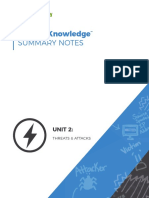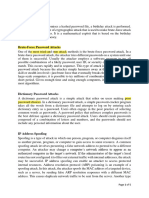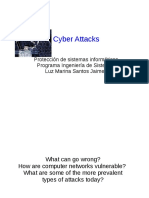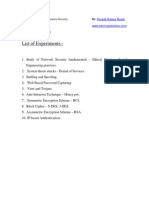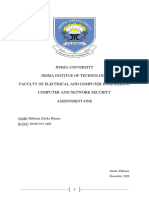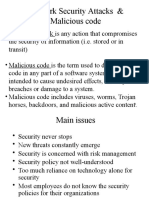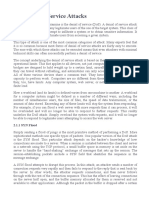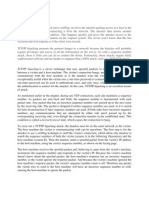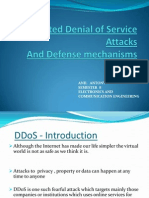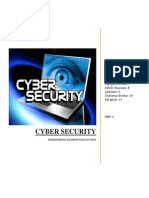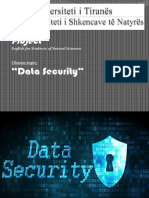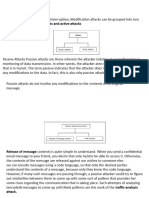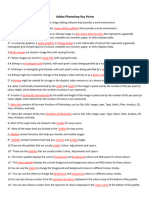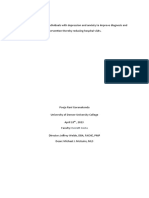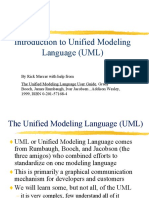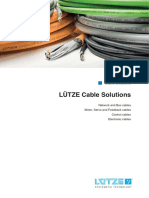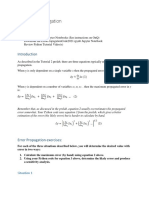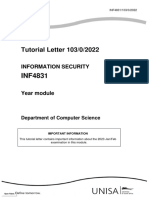0% found this document useful (0 votes)
17 views17 pagesTrends in Computing
The document discusses various trends in computing, focusing on computer security, internet attacks, and unauthorized access. It outlines different types of cyber threats such as viruses, denial of service attacks, and backdoor attacks, as well as methods to prevent unauthorized access and theft of information. Additionally, it emphasizes the importance of access controls and authentication methods to enhance security in computing environments.
Uploaded by
ajitCopyright
© © All Rights Reserved
We take content rights seriously. If you suspect this is your content, claim it here.
Available Formats
Download as PDF, TXT or read online on Scribd
0% found this document useful (0 votes)
17 views17 pagesTrends in Computing
The document discusses various trends in computing, focusing on computer security, internet attacks, and unauthorized access. It outlines different types of cyber threats such as viruses, denial of service attacks, and backdoor attacks, as well as methods to prevent unauthorized access and theft of information. Additionally, it emphasizes the importance of access controls and authentication methods to enhance security in computing environments.
Uploaded by
ajitCopyright
© © All Rights Reserved
We take content rights seriously. If you suspect this is your content, claim it here.
Available Formats
Download as PDF, TXT or read online on Scribd
/ 17

